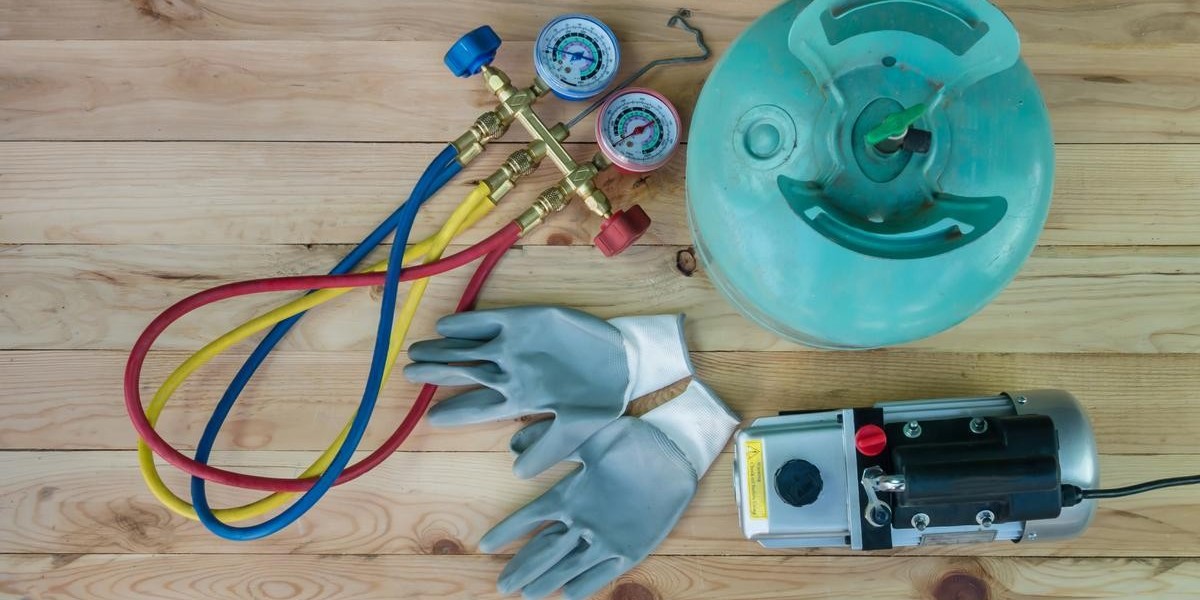Welcome to our comprehensive guide on R404A refrigerant! We aim to equip you with the knowledge and insights to optimize your refrigeration systems, ensuring they operate at their best while minimizing energy consumption and environmental impact.
Understanding R404A Refrigerant
R404A is a popular hydrofluorocarbon (HFC) refrigerant widely used in commercial and industrial refrigeration systems. It offers excellent cooling performance and has become a go-to choice for various applications, including supermarkets, cold storage facilities, and transportation refrigeration.
What is R404A Used For?
R404A is primarily used in applications that require low-temperature refrigeration. It is commonly employed in refrigeration systems for freezing and cold storage, including walk-in freezers, display cases, and ice machines. The versatility of R404A makes it suitable for a wide range of industries, including food and beverage, pharmaceuticals, and chemical manufacturing.
The Importance of Efficient Refrigeration
Efficient refrigeration is crucial for several reasons. Firstly, it helps to reduce energy consumption, which translates into cost savings for businesses. Secondly, it promotes environmental sustainability by minimizing greenhouse gas emissions. Lastly, it ensures optimal product quality and safety, especially for perishable goods.
Tips for Maximizing Efficiency
Regular Maintenance
Regular maintenance is key to ensuring the efficient operation of refrigeration systems. This includes cleaning condenser coils, inspecting and replacing worn-out parts, and checking for refrigerant leaks. By keeping your system in top condition, you can prevent unnecessary energy waste and extend its lifespan.
Optimal Temperature Settings
Setting the appropriate temperature is crucial for energy-efficient refrigeration. Consult the manufacturer's guidelines and industry standards to determine the ideal temperature range for your specific application. Avoid excessively low temperatures, as they consume more energy without providing significant benefits.
Proper Insulation
Proper insulation is essential to minimize heat transfer and improve energy efficiency. Insulate doors, windows, and walls surrounding refrigeration units to prevent cold air from escaping and warm air from entering. This reduces the workload on the system and helps maintain stable internal temperatures.
Airflow Optimization
Ensuring proper airflow is vital for efficient refrigeration. Clean air filters regularly to prevent blockages and improve system performance. Arrange products inside refrigeration units in a way that allows for adequate air circulation. This enables the system to distribute cold air evenly and avoid unnecessary strain.
Upgrading to Energy-Efficient Equipment
Consider upgrading your refrigeration equipment to newer, energy-efficient models. Look for systems with advanced features such as variable speed compressors, electronic expansion valves, and energy-saving controls. Though the initial investment may be higher, the long-term energy savings and improved performance make it worthwhile.
Regular Monitoring and Data Analysis
Implement a monitoring system that tracks energy consumption, temperature fluctuations, and other key performance indicators. Analyzing this data can help identify inefficiencies, optimize settings, and detect potential issues before they escalate. Real-time monitoring enables proactive measures and continuous improvement.
Is R404 Refrigerant Banned?
R404A is not banned in most countries. However, refrigerant regulations can vary, and staying updated with local laws and regulations is essential. Many countries and organizations are actively phasing out or reducing the use of high-global-warming-potential (GWP) refrigerants like R404A in favour of more environmentally friendly alternatives.
Can I Use R134a Instead of R404A?
While R134a is another commonly used refrigerant, it is not a direct substitute for R404A. R134a has different thermodynamic properties and is typically used in medium-temperature refrigeration applications. It may not provide the same cooling capacity and efficiency as R404A in low-temperature applications. When considering a refrigerant replacement, consult with industry professionals and adhere to manufacturer recommendations for optimal performance.
What is the Mixture of 404A?
R404A is a blend of refrigerants, consisting of R125, R143a, and R134a. The mixture has been carefully formulated to provide desirable cooling properties and performance characteristics. R125 contributes to the refrigerant's cooling capacity, while R143a and R134a help optimize its pressure and temperature characteristics. This combination allows R404A to operate effectively in low-temperature refrigeration systems.
Conclusion
Efficient refrigeration with R404A is not only beneficial for your business but also for the environment. By following these expert tips and tricks, you can optimize your refrigeration systems, reduce energy consumption, and enhance product quality. Remember to prioritize regular maintenance, set optimal temperature ranges, ensure proper insulation and airflow, consider upgrading equipment, and utilize monitoring systems for continuous improvement.



